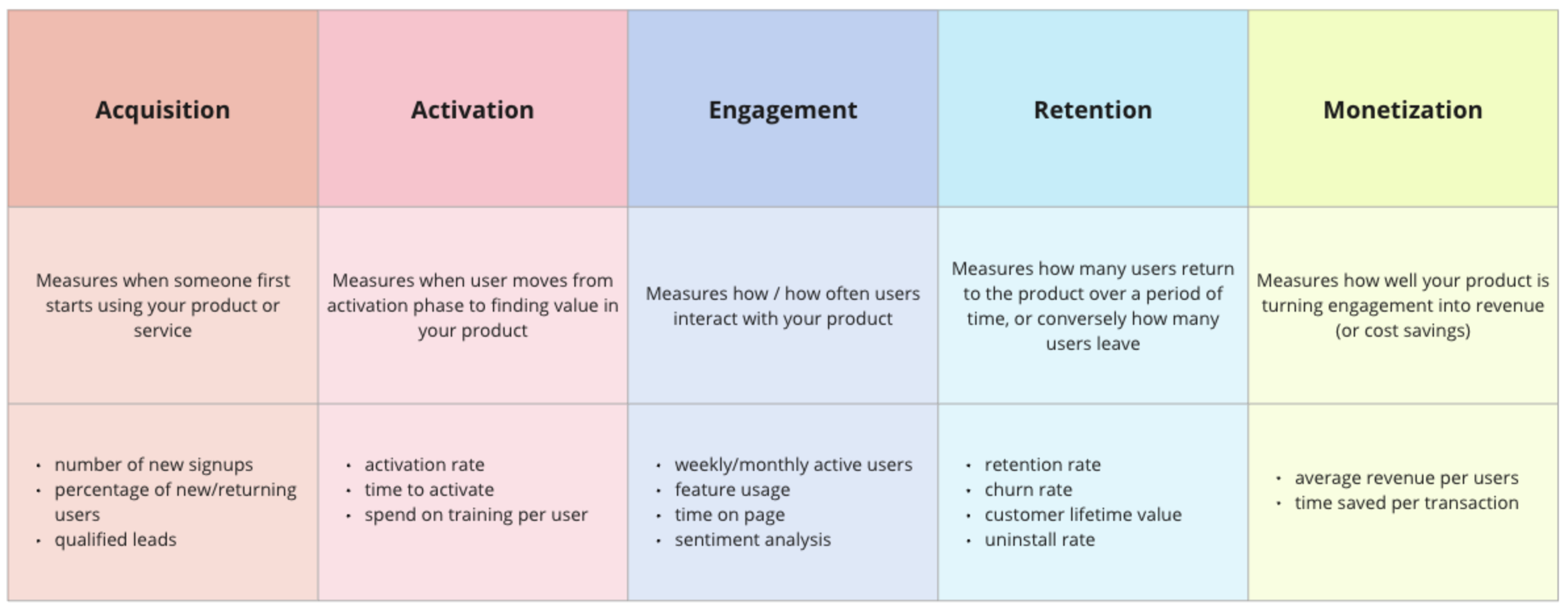The market is overflowing with tools - AI assistants, collaboration platforms, analytics dashboards, niche SaaS products (with AI integrated!) for every imaginable workflow. It’s tempting to try them all. But tooling is not strategy. A good tool accelerates existing strengths; a poor one multiplies inefficiencies.
Some organizations love to collect tools like shiny objects. Every pain point comes with a new platform, subscription, or “quick fix.” And of course AI has entered the landscape by force, as chat but also wizards within other platforms. Some teams are being mandated to be using AI, so that the business is not “left behind”. The problem: tools don’t solve problems. People do. Tools only accelerate (or complicate) the work depending on how they’re introduced and adopted.
Effective teams treat tools as part of their operating model, not as shiny objects. They introduce them intentionally, guided by a few questions:
Fit — Does the tool align with the way people already work? If it requires people to constantly context-switch or feels like extra work, adoption will die fast. Tools should dissolve into existing habits, not demand entirely new ones.
Friction — Does it remove barriers or add new ones? Does it work for everyone on the team or just a subset of folks?
Focus — Is it solving the right problem, or just a problem? Does this distract from what we should be actually working on?
Flexibility — What’s the plan if the tool doesn’t work out? Too often, teams get stuck with tools that don’t scale or can’t integrate. Part of “trying something new” should always include the question: If this doesn’t work, how do we exit?
Organizations that answer these questions up front could save themselves months of rework and resistance.
Too often, teams focus on what tools to use instead of how to use tools well. A team that doesn’t know how to run effective meetings won’t suddenly become effective with an AI note-taker. A company that avoids tough prioritization decisions won’t magically improve by adding another project management suite.
The tools that truly stick for your team might not be the buzzy ones. FigJam for collaboration. Miro for brainstorming. ContentSquare for understanding behavior. Yes, ChatGPT for drafting and discovery. But sometimes a shared doc and a standing meeting are still the most powerful tools you can have.
The best teams don’t chase every new tool. They learn how to audit, experiment, and fold the right ones into their culture. That’s how tools stop being shiny objects and start being leverage.
STAND-UP EXERCISE
At your next team stand-up, run a quick tooling audit together:
List the top 3–5 tools your team uses daily.
For each tool, ask:
How does this fit into our flow of work?
What friction does it remove? What friction does it add?
Are we using it to solve the right problems?
Choose one tool to experiment with improving. Compare notes on how each other uses it. Does someone need more training? Are there ways to be using it more effectively? Simplifying? Or a need to sunset it or an overlapping tool?
The goal isn’t to chase the next new platform. It’s to ensure the tools in use are actually serving the team, the process, and the outcomes.





